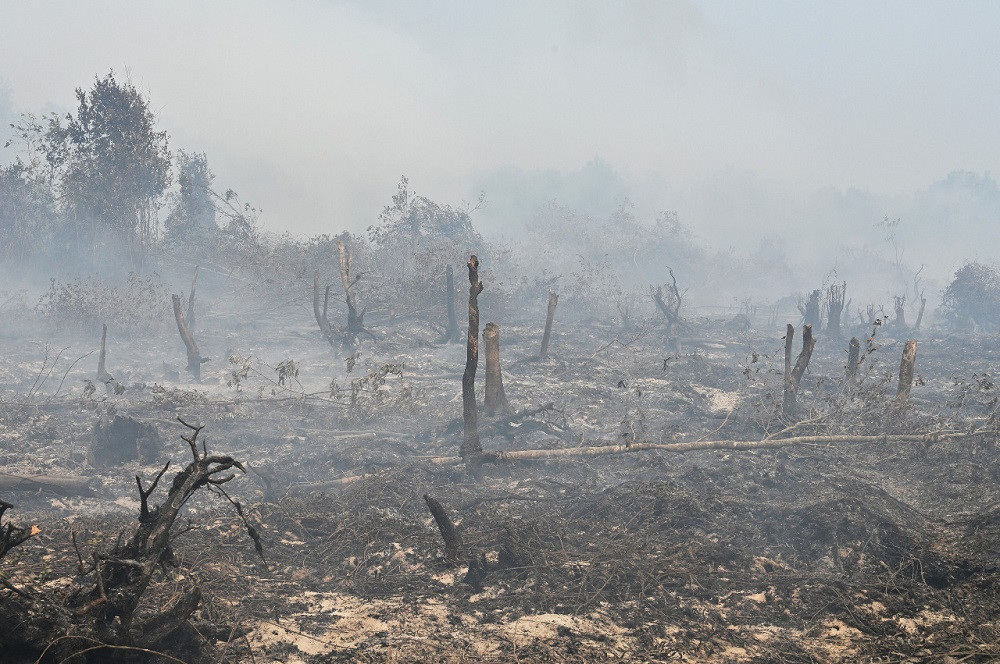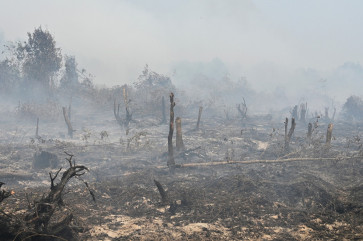Popular Reads
Top Results
Can't find what you're looking for?
View all search resultsPopular Reads
Top Results
Can't find what you're looking for?
View all search resultsThe burning issue: Fighting forest fires with technology
Internet of Things (IoT) and wireless sensors measure environmental changes – such as atmospheric temperature, relative humidity, and carbon dioxide levels – allowing for early-stage detection and warning. They also provide valuable forest and climate parameters for fire propagation models.
Change text size
Gift Premium Articles
to Anyone
F
orest fires and the resulting haze are a recurring problem in Southeast Asia but now digital technology can play a major part in both preventing and fighting them.
Many living in Southeast Asia – and even those outside the region – will remember the 2015 transboundary haze crisis. The World Bank put the economic cost to Indonesia at more than US$16 billion, while researchers from Harvard and Columbia universities estimated that the smoke caused upward of 100,000 premature deaths across Indonesia, Malaysia and Singapore.
These fires – which were lit to prepare land for agriculture and then burned out of control – were exacerbated by lower than average rainfall during the dry season, a result of the El Niño. Scientists predict that extreme El Niño and La Niña events will become more frequent in the 21st century, intensifying existing hazards such as forest fires.
While neither El Niño nor La Niña conditions are currently prevailing, many fear that in the wake of COVID-19 this dry season will be just as deadly.
People light forest fires for many reasons. Some are started for practical and beneficial purposes (seed germination and regeneration, for example), some are accidental, and others are deliberately lit to cause damage. All have the potential to harm forest ecosystems and surrounding communities.
In Indonesia and Malaysia – the source of 85 percent of the world’s palm oil – fire is often used as a cheap and simple land management tool. These fires are particularly dangerous because many of them occur on drained peatlands. Dry peat ignites easily and can smolder underground long after flames on the surface have been extinguished. Moreover, damaged peatlands are a major source of greenhouse gas emissions.
Over the last few years, however, a number of technological innovations have emerged to help us prevent and respond to these fires more effectively.


















